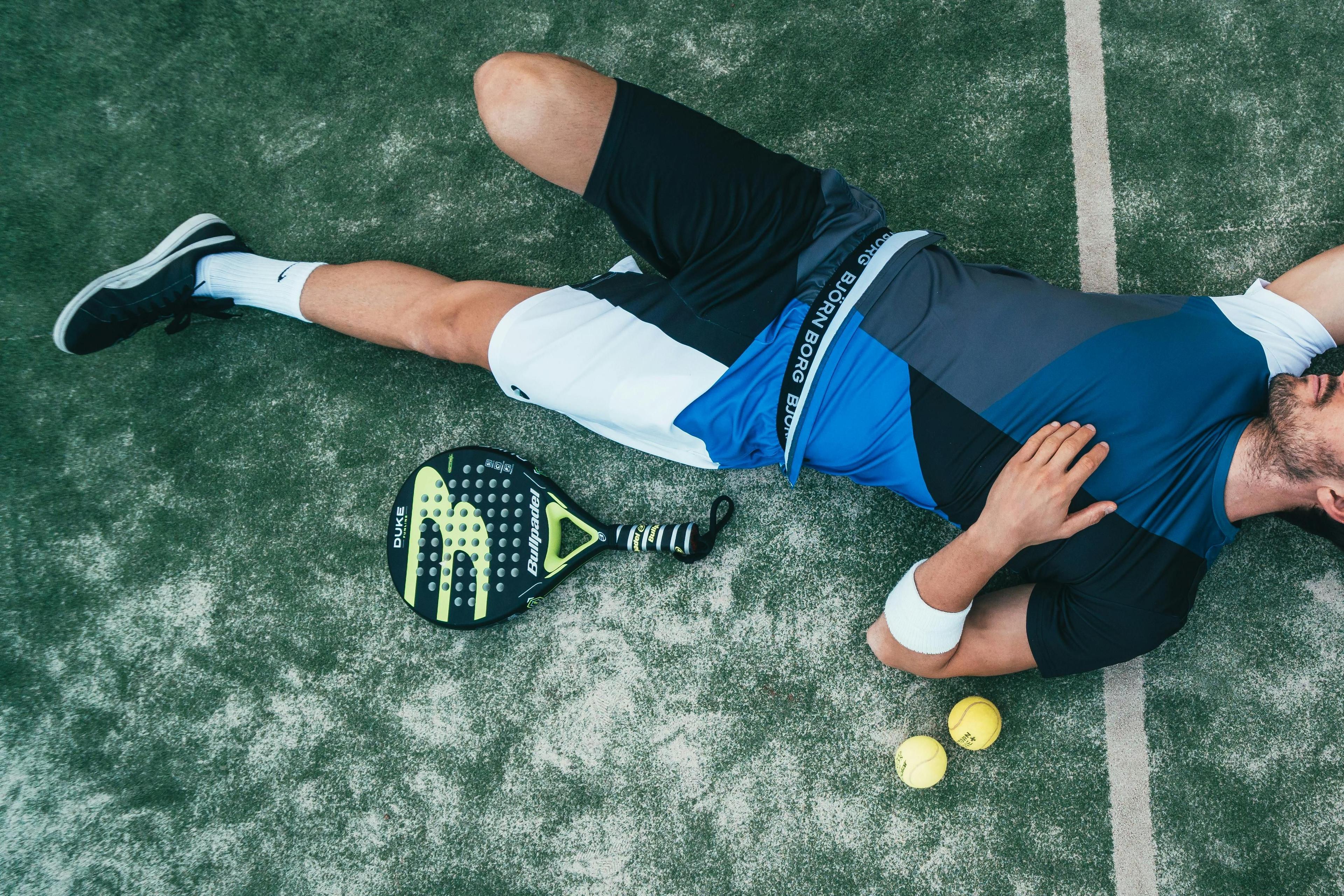
How to practice padel solo – effective drills and smart tips
If you’ve recently fallen in love with padel but only get to play once a week, it can be frustrating — especially when you feel like you’re not improving fast enough. Finding partners isn’t always easy, but there are ways to practice on your own and still make meaningful progress. The key is to know what’s realistic to train solo, and what’s better saved for match play or coaching sessions.
This guide walks you through how to make the most of solo padel training, whether you have access to a court, a basket of balls, or even just a wall.
Can you really train padel alone?
Yes — but with limits. Padel is a reactive, cooperative game where ball control and positioning depend heavily on your opponent’s shots. That said, you can still work on mechanics, timing, and consistency on your own.
Here’s what’s worth doing — and what’s not.
| Practice type | Worth it? | What you’ll improve |
|---|---|---|
| Static drills (volleys, lobs, serves) | ✅ | Technique, consistency |
| Wall practice | ✅ | Reflexes, control, timing |
| Bandeja practice (without opponent) | ⚠️ | Useful if focused on form |
| Game simulation | ❌ | Not effective without another player |
| Movement patterns & footwork | ✅ | Agility and positioning |
Best solo padel drills
You mentioned having access to a court and a ball basket — perfect. Here are a few structured solo drills you can try:
1. Wall volleys
Stand 2–3 meters from the back glass wall and hit controlled volleys against it. Keep your stance wide, racket up, and use short compact swings.
Goal: Maintain a rally of 20+ consecutive shots.
2. Bandeja technique
Drop-feed a ball to yourself, step back, and hit a controlled bandeja toward the side glass or back wall. Focus on proper contact point above shoulder height, and land balanced.
Tip: Record yourself — this shot is all about timing and smooth motion.
3. Serve repetitions
Practice your serve placement and consistency. Alternate between wide and center serves, aiming for controlled pace rather than power.
Bonus: Try adding a second bounce target near the side glass for precision.
4. Footwork drills
Even without hitting balls, you can practice padel-specific movement:
- Split steps into lateral sprints
- Quick backpedal followed by approach steps
- Shadow drills (moving as if reacting to a lob or volley)
5. Wall rally challenge
If you have access to a front wall, rally continuously with yourself for 5–10 minutes. Alternate between volleys, groundstrokes, and lobs.
Goal: Keep a rhythm, and work on smooth transitions between shot types.
Alternatives when solo court time isn’t ideal
Some players find solo court rentals too expensive for limited improvement — and that’s valid. Here are some lower-cost or tech-friendly alternatives:
- Use a ball machine. Some clubs rent them by the hour — perfect for repetition training.
- Try PadelVR (Meta Quest). Surprisingly realistic and helps with shot recognition and positioning.
- Watch and learn. Apps like The Padel School offer structured video lessons on volleys, bandejas, and game strategy.
- Join social or Americano tournaments. Great way to meet players of similar skill while getting more match experience.
When to bring in a coach
Once you’ve built some solo consistency, working with a coach even once a month can help fix small technical errors — especially in shots like the bandeja or vibora. They can also show you partner drills for your next session with friends.
Solo padel practice can be productive — if you focus on the right things. Use your time alone to sharpen your control, consistency, and movement, not to simulate a full match. And remember, your best improvements will still come from playing with others and learning from real-game situations.
If you’re looking for places to practice or rent a court near you, check out:
Explore more guides, gear reviews, and padel tips at WhatThePadel.com.